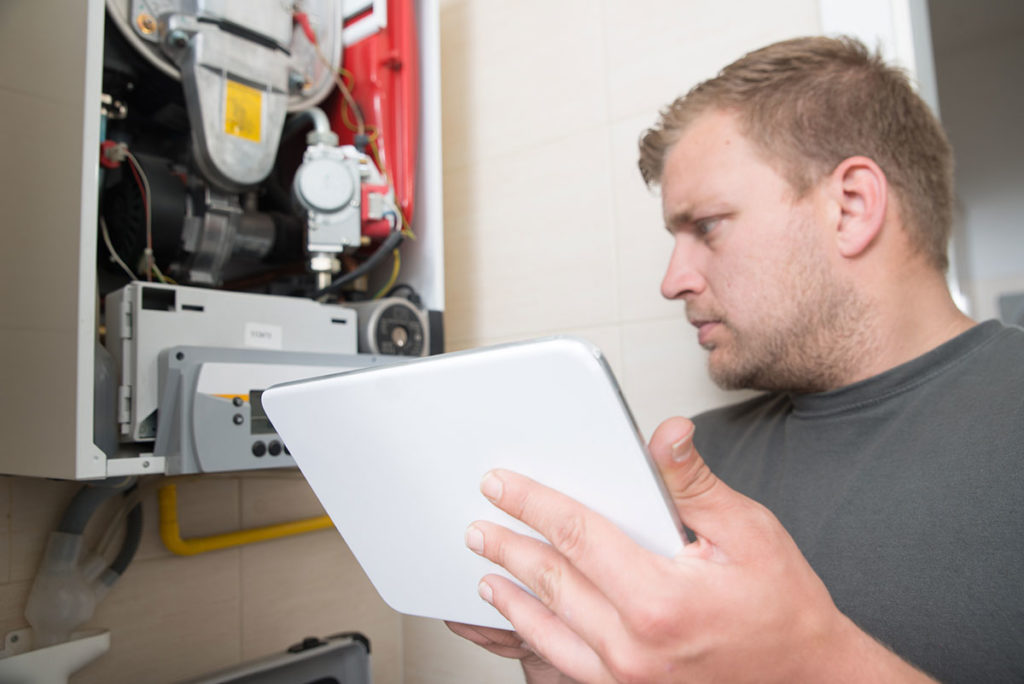Today’s blog is even better than a four-leaf-clover: it’s a guide to diagnosing and understanding HVAC problems. These awesome tips are our way of wishing you a happy spring!
Incorrect furnace size
British thermal unit (BTU) is defined as the amount of heat required to raise the temperature of one pound of water by one degree Fahrenheit, and it is the industry standard used to measure the heating efficiency of furnaces. For most furnaces, that’s something like 100,000 BTUs. But also, you should know that you need at least 40 BTUs for every square foot of your home. So that means, if you have a larger home…3,000 square feet, for example, then you’ll require a furnace that is at least 120,000 BTUs, if not closer to 140,000.
If the furnace is less than that, it could be a sign of an installer who didn’t know what they were doing.
The same is true if your furnace is significantly bigger than it needs to be. Bigger isn’t better when it comes to furnaces! If you only have 1,000 square feet and your furnace is 100,000 BTUs, look out for what else might be wrong.
However, we want to stress that furnace sizing can be influenced by many factors other than your home’s square footage. The construction of the home, the insulation, and the window sizes/type should all play a part in your furnace size. The only way to really know whether it’s the correct size is to hire a professional to run a load calculation.
Carbon monoxide leak
This silent but deadly killer statistically strikes most often in winter. However, it’s a problem in spring, too! What problem are we talking about?
We’re talking about a carbon monoxide (CO) leak.
If someone installed your gas furnace and didn’t know what they were doing, they may not have connected the furnace and the gas main tightly enough. That’s why it’s so important that you have a working CO detector, or you may not know until it’s too late. If the furnace isn’t vented out of the house correctly or connected to the exhaust correctly, toxic CO could leak into your home.
Faulty electrical wiring
It’s difficult to focus on spring cleaning when you’ve got other house problems on your mind instead! That goes double for dangerous house problems, such as faulty electrical wiring.
But when should you suspect faulty wiring with your HVAC system?
Well, it’s true that if you have an electric furnace, you won’t have to worry about carbon monoxide leaks from the furnace, but you might have to worry about wiring mistakes made by amateurs. It may be hard for you to find these wiring mistakes yourself. But if you feel like your furnace is really draining power, or if your circuit breaker is constantly being tripped, that’s a sign of wiring problems.
If your circuit breaker keeps tripping, we can perform a thorough tune-up that will determine whether a faulty furnace is the cause!
Improper duct sealing
Do a quick check to see whether the furnace is properly sealed to ductwork. If you find air leaks, not only is your system running inefficiently, but that’s a sign of a bad furnace install in general!


